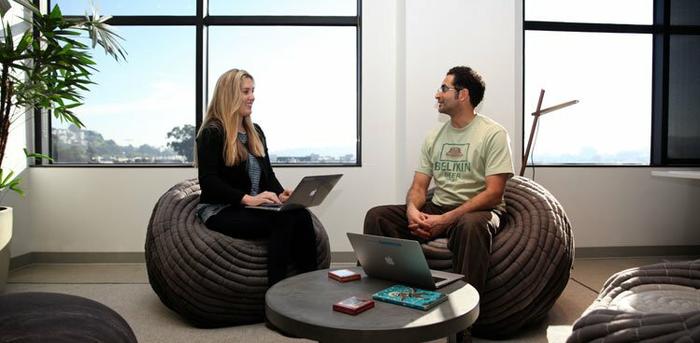
Atlassian’s infographic shows that the average employee spends 31 hours a month in meetings and considers at least 50% of them a complete waste of time. 91% daydream, 75% do other work, and 39% sleep during at least some of them. And unnecessary meetings waste $37 billion a year.
Managers do no better. Bain & Company found that the average manager wastes nearly a full day every week in meetings, and senior executives waste a staggering 40% of their work week in endless, mind-numbing, and ineffective meetings. That doesn’t even count the time wasted getting ready and sending CYA emails afterward.
There Is a Better Way to Get Stuff Done
Executives rooted in Industrial Age management practices respond that this is an unfortunate byproduct, and that meetings are a necessary communication vehicle. But that doesn’t hold up. There is a rapidly growing list of companies in every industry that are functioning without meetings, and some have been doing it for more than 30 years. The success of this trend suggests we should consider dropping them altogether, or at least making them optional. And that’s what a lot of companies are doing.
Intel imposed a rule that no one could hold a meeting without a clear purpose. Lenovo lets its staff stop any meeting that is wandering. Many other companies have made them optional. Semco ($1 billion, 3,000 stakeholders) did that almost 30 years ago. And still others like Project eMT have abolished all meetings. They’re not allowed.
At our company, Crankset Group, people get together when they need to solve specific problems, but there is only one scheduled meeting per month. We have a great Business Transformation Center, but we all work from our homes. So we see each other sporadically at events we hold for customers. Our one meeting helps us connect without distraction.
The Law of Two Feet
Here’s a great way to encourage optional meetings. Open Space Technology, which helps conferences self-organize after the attendees have already arrive (yes, it works really well, even for thousands of attendees), employs The Law of Two Feet. This law simply means if you choose to attend a meeting, you must either 1) be learning, or 2) be contributing (you should work hard at making this happen). If you can’t do either, you are responsible to get up, leave, and go somewhere where one of those two things will happen. If every company adopted the Law of Two Feet, probably half of meetings would have no one show up, and a lot of others would have people leaving halfway through as the meeting degenerates into discussing minutiae.
Traditional Managers Won’t Like This
Some companies will likely never get it, because for them, meetings exist to make the managers feel important. Yahoo’s CEO Marissa Mayer, who definitely doesn’t get it, is reported to have been late to every single meeting since she took over, and historically holds 70+ of these tardy meetings every week. She has no idea how to get out of the way and give people their brains back.
Things We Can Do to Fix It
But for those who do get it, the payoff can be big. Bain and Company says a manufacturer it studied saved the equivalent of 200 jobs just by shortening the length of meetings from 60 to 30 minutes and limiting to seven the number of people who could attend.
Here are five ideas to streamline or eliminate meetings:
-
Make them optional. You’ll learn very quickly which ones are useless.
-
Have a written agenda and stick with it. If it wasn’t important enough to think about before the meeting, don’t let it come up. We use a shared online document—everyone can contribute for the whole month before our one meeting.
-
15-30 minutes with a hard-stop. Respect begins with telling people the meeting will be over at 10:30 AM. Make sure it happens.
-
Hold standup meetings, which are great for mandatory daily operational meetings. The Privy Council meets regularly with the Queen of England and these are always stand up meetings (the Queen or her surrogate stands), which keeps them short.
-
Never, ever solve problems in a large meeting. The solution almost never includes everyone. Instead identify the problem and an owner of it, and let them get with whoever they need to outside the meeting. At the next meeting they check in to share if it’s done.
Get stuff done. Stop meeting.
More From Inc.
- 5 Rules for Efficient, Effective Meetings
- Mapping the Success of Silicon Valley Startups
- The 10 Commandments of Leadership